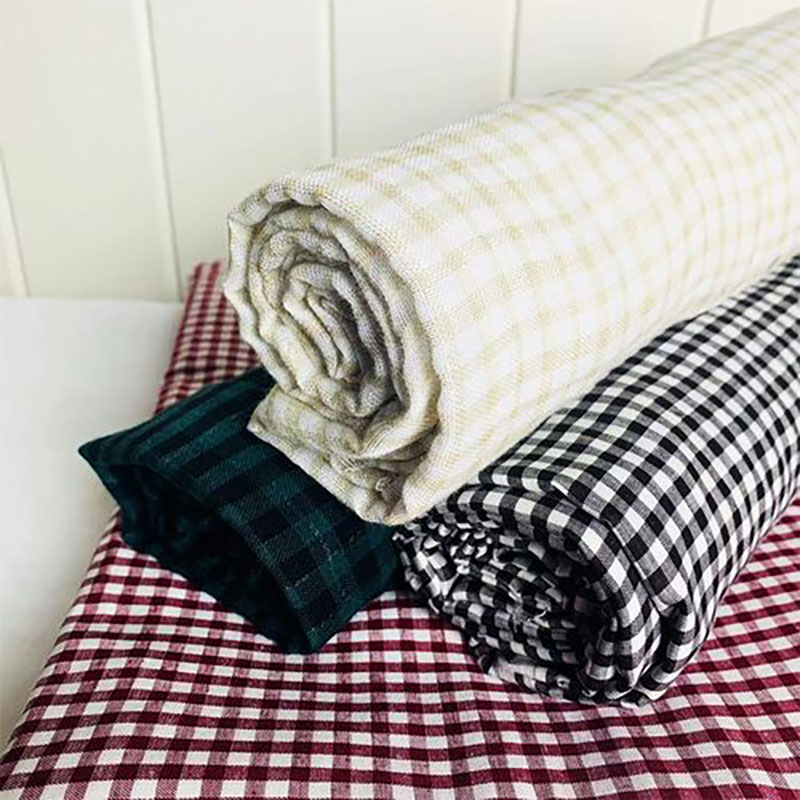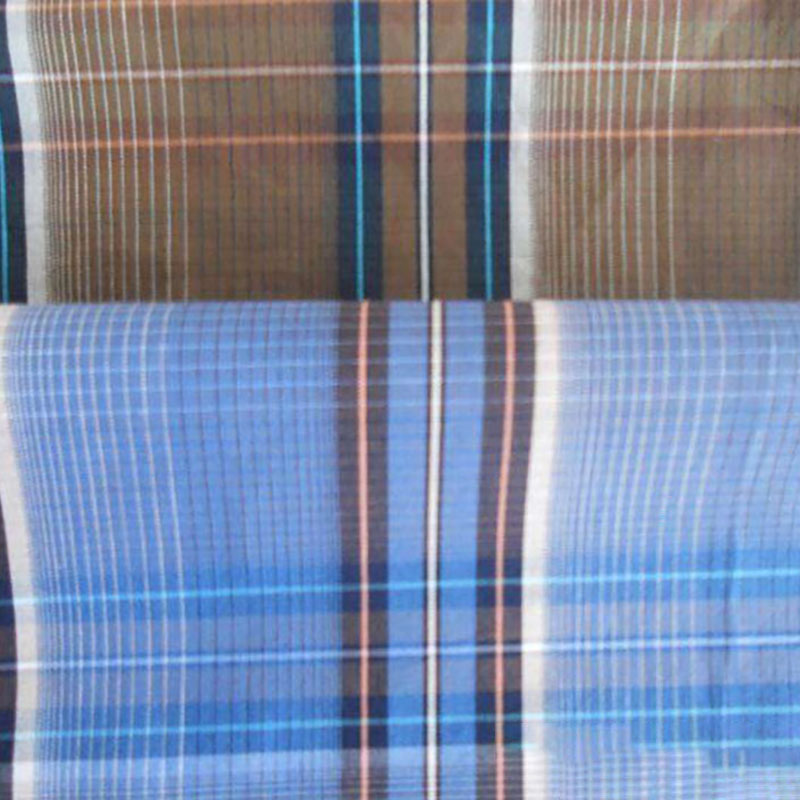Environmental protection has become an important issue in various industries around the world. As the core component of textiles, the environmental characteristics and economic evaluation of fabrics have a profound impact on sustainable development. As a leader in the industry, I am well aware of the importance of this topic, so in this article, I will explore the environmental characteristics of fabrics and their economic evaluation to help companies and consumers make better choices.
As consumers become more aware of environmental protection, the environmental characteristics of fabrics have gradually become a key factor in choosing products. In recent years, many brands have begun to promote the use of environmentally friendly internal and external materials, such as organic cotton and recycled polyester, which have gradually become the mainstream of the market while reducing environmental pollution.

The economic feasibility of fabric evaluation involves not only the initial purchase cost, but also the maintenance and disposal costs during its life cycle. Environmentally friendly fabrics usually have a higher initial cost, but in the long run, the potential economic benefits brought by their durability and low environmental impact are often not to be ignored.

When choosing environmentally friendly fabrics, consumers and companies should pay attention to their overall social and environmental impact. Today, more and more brands are working towards sustainable development to make their products more environmentally friendly, thereby eliminating the negative impact of production and consumption on the environment.

The environmental and economic evaluation of fabrics is not only a trend in the development of the industry, but also an important part of promoting sustainable development goals. We hope that through this article, we can provide new perspectives and references for companies and consumers when choosing fabric materials.

We invite more industry players to explore together, embrace environmentally friendly fabrics, and promote a more sustainable future.
